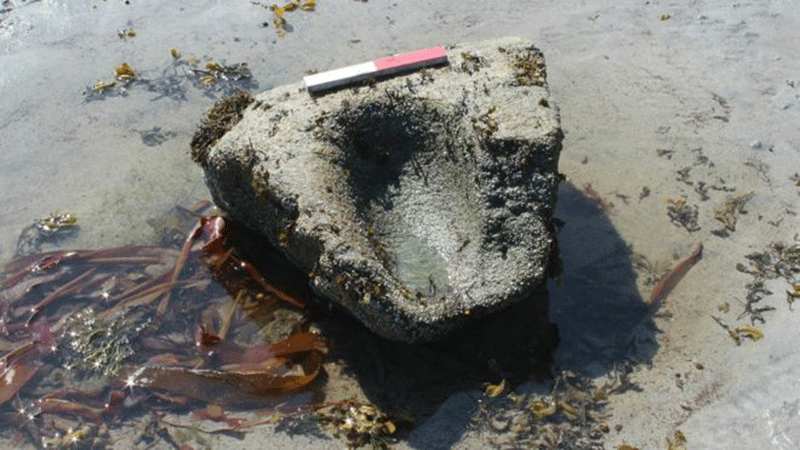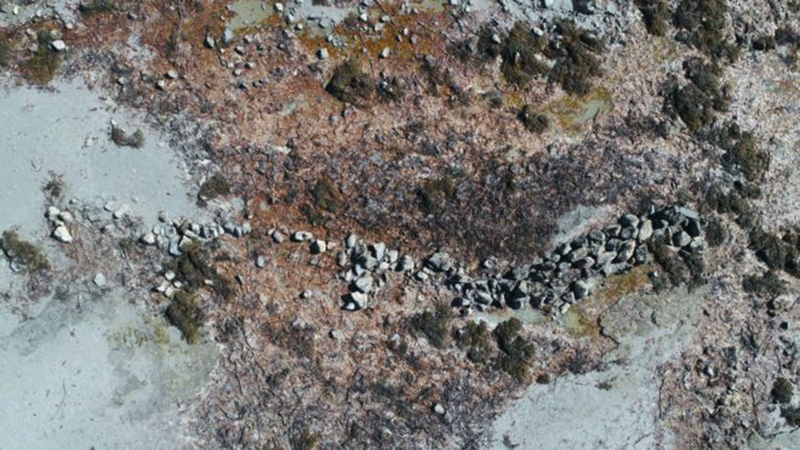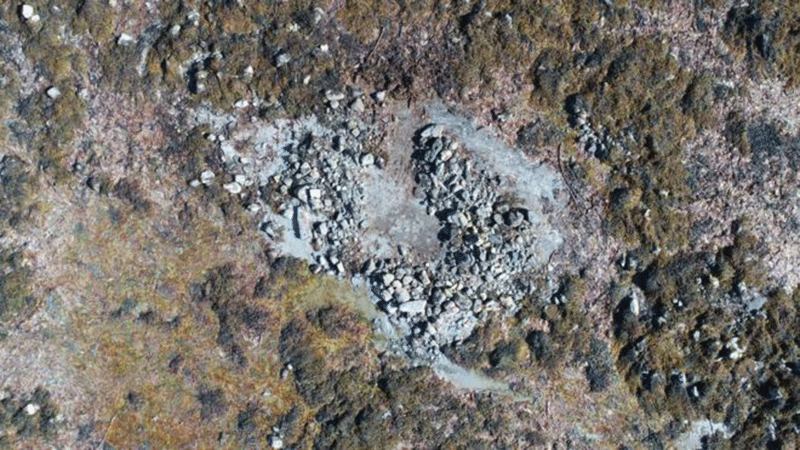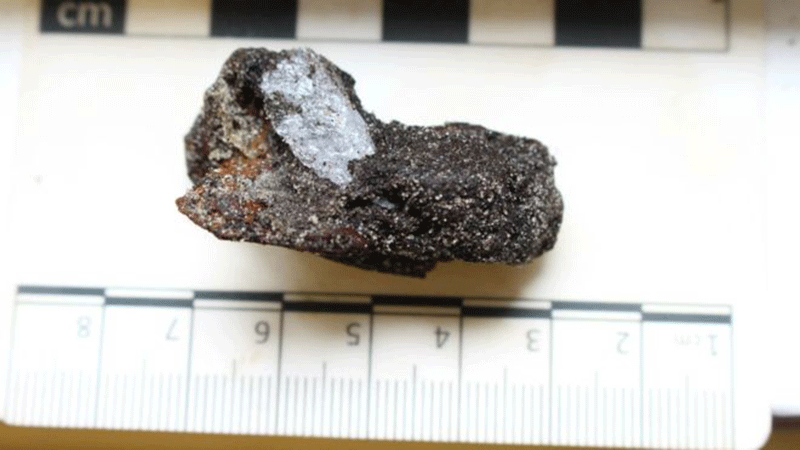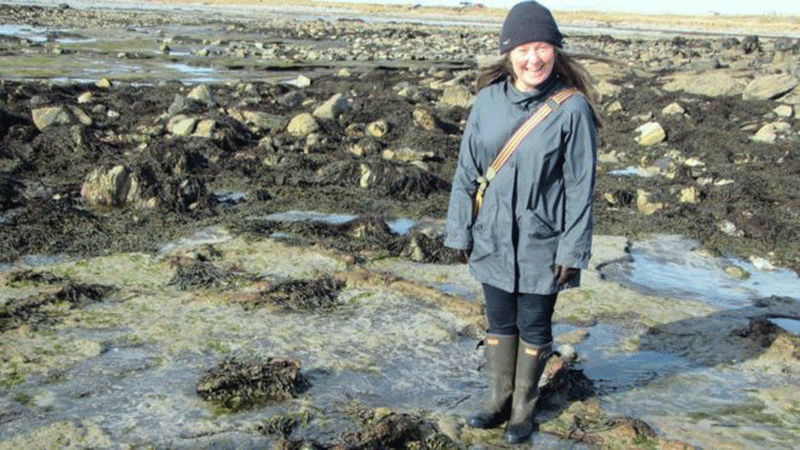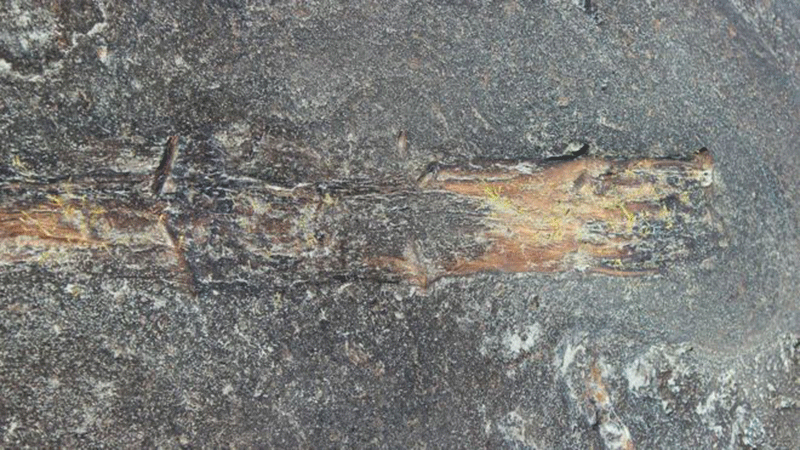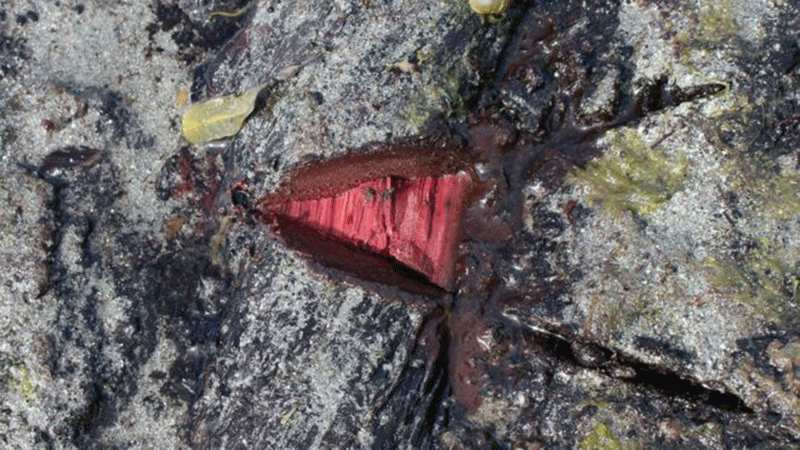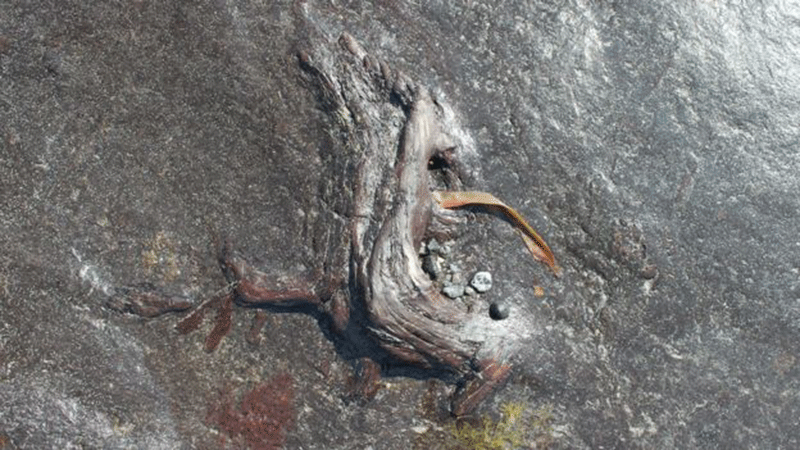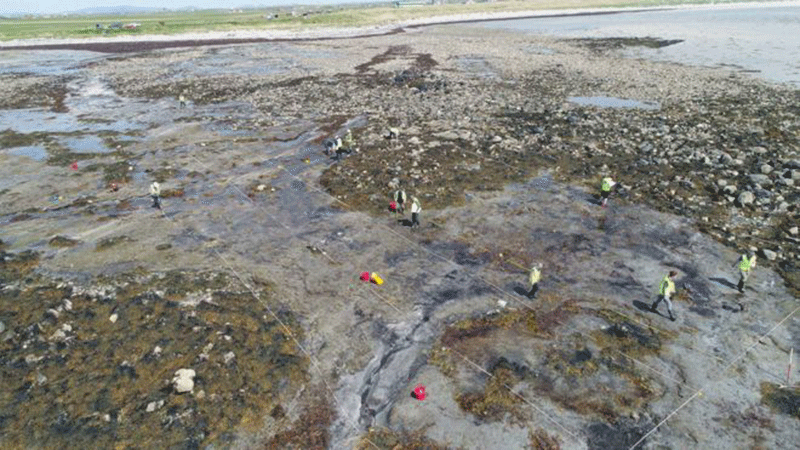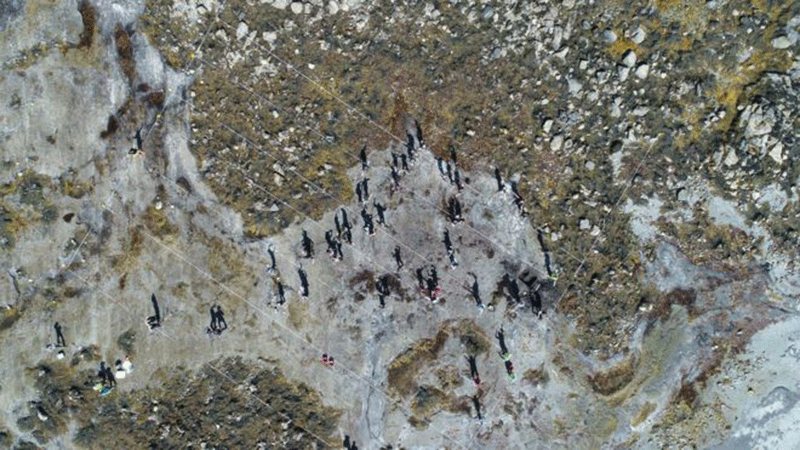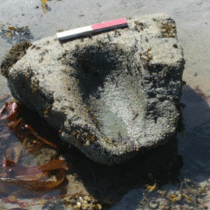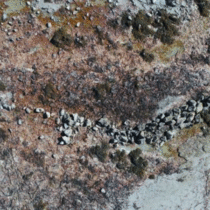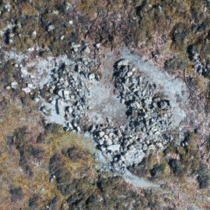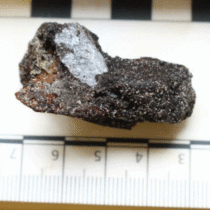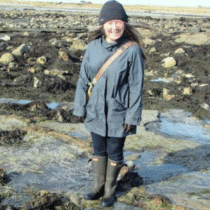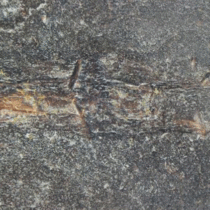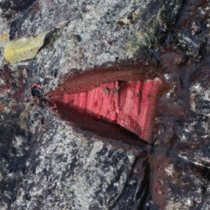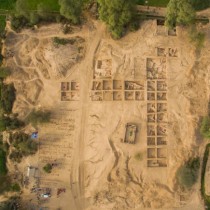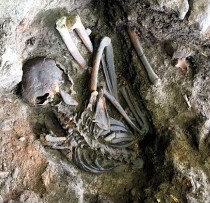Archaeological research at an ancient woodland in the UK has yielded evidence of early human activity. The site, Lionacleit, is located on the Isle of Benbecula and was an ancient woodland which eventually declined.
A project last year promoted the studying of sub-fossil trees, partially fossilised traces of woodland that once spread across the Western Isles. The forest comprised birch, hazel, willow, aspen, rowan, oak, Scots pine, alder, ash and elm. However, due to rising sea levels, the change of climate to a wetter and windier one, and human activity, it declined about 6,000-4,500 years ago, leaving the isles almost treeless.
Researchers discovered at the site remains of an early butchery site, stone tools, various items, a wall, and the remains of structures, perhaps houses. The butchery area bears traces of animals having been killed for food. They also found a quern stone, used for grinding food, and a quartz from a stone tool as well as an animal bone associated with quartz tools. They also found remains of sub-circular stone structures, which could have been houses.
Although the exact dating of the discovered items has not been precisely identified, they do originate from prehistoric times, an exceptionally rare occasion. Samples have been sent for radiocarbon dating, so hopefully more information on the dating will be revealed.
The discoveries were made closer to the beach than the forest.
Works at the Lionacleit site last year included mapping, sampling and identifying the trees, with the participation of local volunteers and pupils from the local School who helped the project team visualise the density of the forest by standing in the place of trees that once stood there. It was also a local resident, Ann Corrance Monk, who informed the Scottish Coastal Archaeology and the Problem of Erosion (Scape) Trust, working out of the University of St Andrews, about the remains,
Unfortunately, the site is threatened by coastal erosion, which means that the sub-fossil trees and archaeological remains might not be preserved. It is valuable, experts say, that so far they are still available and research can be carried out.
